How to Select the Perfect Natural Flake for Your Manufacturing Needs
Selecting the perfect Natural Flake for your manufacturing needs can be a nuanced process, influenced by various factors that align with your specific application requirements. Natural Flakes, known for their unique properties and versatility, are employed in a wide range of industries from cosmetics to food production and beyond. Understanding the characteristics of different types of Natural Flake, including size, purity, and source, is essential to ensure optimal performance and compliance with industry standards.
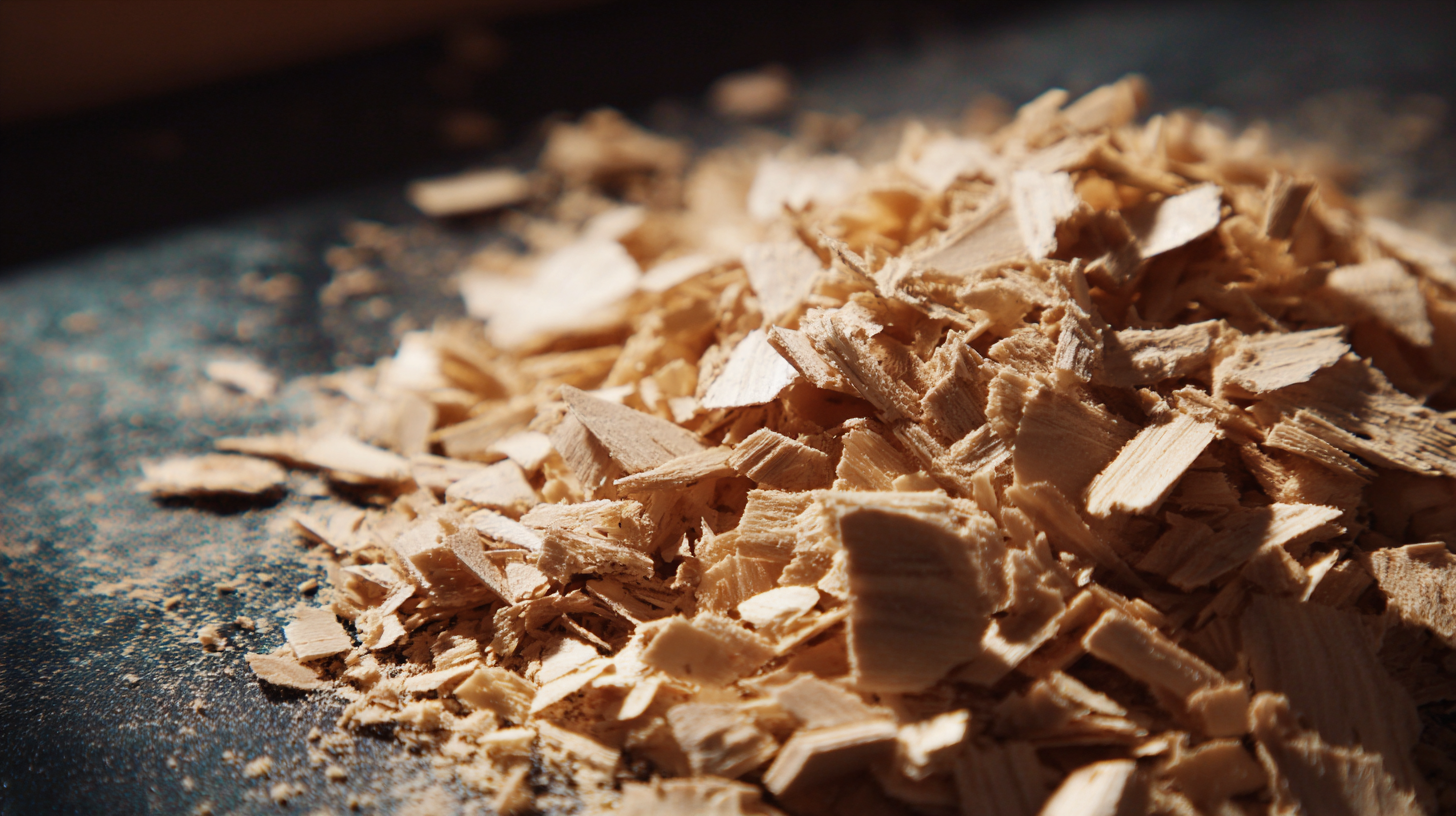
This guide aims to simplify the selection process by offering insights into the crucial criteria to consider when choosing Natural Flake. By focusing on the unique demands of your manufacturing applications and exploring the attributes of available options, you can make informed decisions that enhance product quality and operational efficiency. Dive into the world of Natural Flakes to uncover the perfect match for your production needs.
Understanding Different Types of Natural Flakes Available for Manufacturing
When selecting the perfect natural flakes for manufacturing, it's crucial to understand the various types available and their unique properties. Natural flakes can be derived from minerals, plants, or other organic materials, and each type offers distinct benefits that cater to specific manufacturing needs. For instance, mica flakes are renowned for their excellent thermal resistance and electrical insulation, making them ideal for electrical components and cosmetic products. Similarly, cellulose flakes, sourced from plant fibers, are valued for their biodegradability and are commonly used in packaging and food industries.
Another important category is mineral flakes such as graphite and talc. Graphite flakes are sought after in industries that require lubricants or conductive materials, while talc flakes are often used in plastics and ceramics due to their ability to enhance product durability and aesthetics. Each type of natural flake comes with its own set of characteristics, influencing factors such as performance, cost, and environmental impact. By thoroughly examining the properties of each type, manufacturers can make informed decisions that align with their production requirements and sustainability goals.
Evaluating Quality and Purity in Natural Flake Selection
When selecting natural flakes for manufacturing, evaluating quality and purity is paramount. Factors such as the sourcing of raw materials, processing methods, and post-production quality control can significantly impact the final product. Manufacturers should prioritize suppliers who provide transparency regarding their sourcing practices and adhere to stringent quality standards. This ensures that the natural flakes not only meet health regulations but also enhance the overall quality of the final products they are used in.
Recent insights from a comprehensive potato flakes manufacturing plant report underscore the importance of these considerations. The report highlights project economics, including vital aspects such as capital investments and operating expenses, indicating that a focus on quality can lead to better financial outcomes. By investing in high-quality natural flakes, manufacturers can mitigate risks associated with product recalls and customer dissatisfaction, thus fostering a sustainable business model in a competitive market.
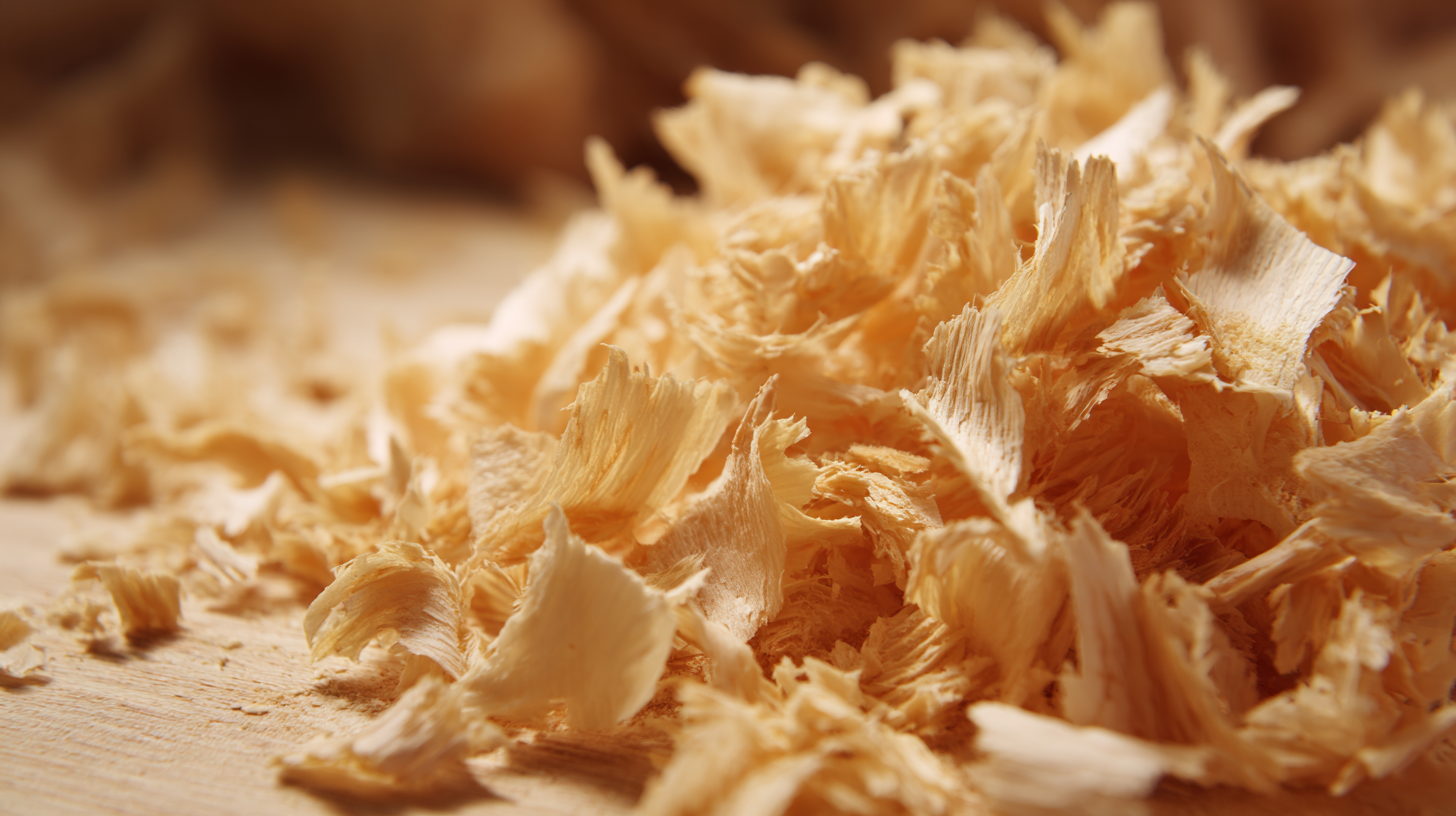
Assessing the Impact of Flake Size on Production Processes
When selecting the perfect natural flake for manufacturing, one of the most critical factors to consider is flake size. The size of the flake can significantly influence the production processes, affecting everything from material handling to end product quality. For instance, larger flakes may provide superior structural integrity and insulation properties, making them suitable for applications in construction and automotive industries. However, they may also require specialized equipment for processing, which can increase manufacturing costs.
Conversely, smaller flakes often facilitate easier mixing and blending, enhancing product uniformity and consistency. This can be particularly beneficial in industries like cosmetics or food, where precise measurements and homogenous mixtures are essential. Additionally, the impact of flake size on drying time and adhesion properties must be acknowledged. Thus, manufacturers must carefully assess their specific production requirements and desired final characteristics when choosing the appropriate flake size, ensuring that it aligns with both their operational capabilities and product goals.
How to Select the Perfect Natural Flake for Your Manufacturing Needs - Assessing the Impact of Flake Size on Production Processes
| Flake Size (mm) | Impact on Production | Recommended Applications | Advantages | Disadvantages |
|---|---|---|---|---|
| 0.5 - 1.0 | Ideal for precise applications | Electronics, automotive parts | High precision and stability | Higher cost of production |
| 1.0 - 2.0 | Versatile for many processes | Housewares, packaging materials | Balanced performance | Moderate durability |
| 2.0 - 3.0 | Suitable for bulk production | Construction, landscaping | Lower production costs | Less control over final product |
| 3.0 - 5.0 | Good for structural applications | Industrial uses, building materials | High strength | Limited flexibility |
Determining the Best Sourcing Options for Natural Flakes
When sourcing natural flakes for manufacturing, it’s crucial to identify the best options that meet your specific needs. First, consider the origin of the flakes. Different regions offer unique qualities and characteristics based on their natural resources. Conducting a thorough analysis of suppliers in these areas can reveal which ones provide the highest quality materials. Establishing relationships with local producers can not only ensure a consistent supply but also promote sustainability in your sourcing process.
Another key factor to consider is the processing methods used by suppliers. Understanding how natural flakes are harvested, processed, and packaged can significantly impact their quality and alignment with your production requirements. Requesting samples and performing quality testing will help you assess whether a supplier's products meet your standards. Furthermore, evaluate their certifications and adherence to industry regulations, as this can further assure the reliability and safety of the materials you choose for your manufacturing needs.
Identifying Regulatory Considerations for Using Natural Flakes in Manufacturing
When selecting the perfect natural flakes for manufacturing, understanding regulatory considerations is paramount. According to a report from the Global Flake Association, approximately 45% of manufacturing companies encounter significant delays due to non-compliance with regulatory standards. Hence, it's crucial to familiarize oneself with the guidelines specific to natural flakes, which can vary by region and application. In the United States, for instance, flakes used in food packaging must comply with FDA regulations, ensuring materials are safe for contact with food products.
Moreover, environmental regulations are increasingly influencing the selection process. A study by the Environmental Protection Agency (EPA) notes that manufacturers utilizing natural materials can gain up to a 25% reduction in compliance costs by adhering to sustainable sourcing practices. This is particularly important as consumer demand shifts toward eco-friendly products, prompting manufacturers to consider both compliance and the environmental impact of their raw materials. Consequently, a thorough understanding of regulatory environments not only ensures compliance but can also streamline the selection process, ultimately leading to a more efficient manufacturing operation.
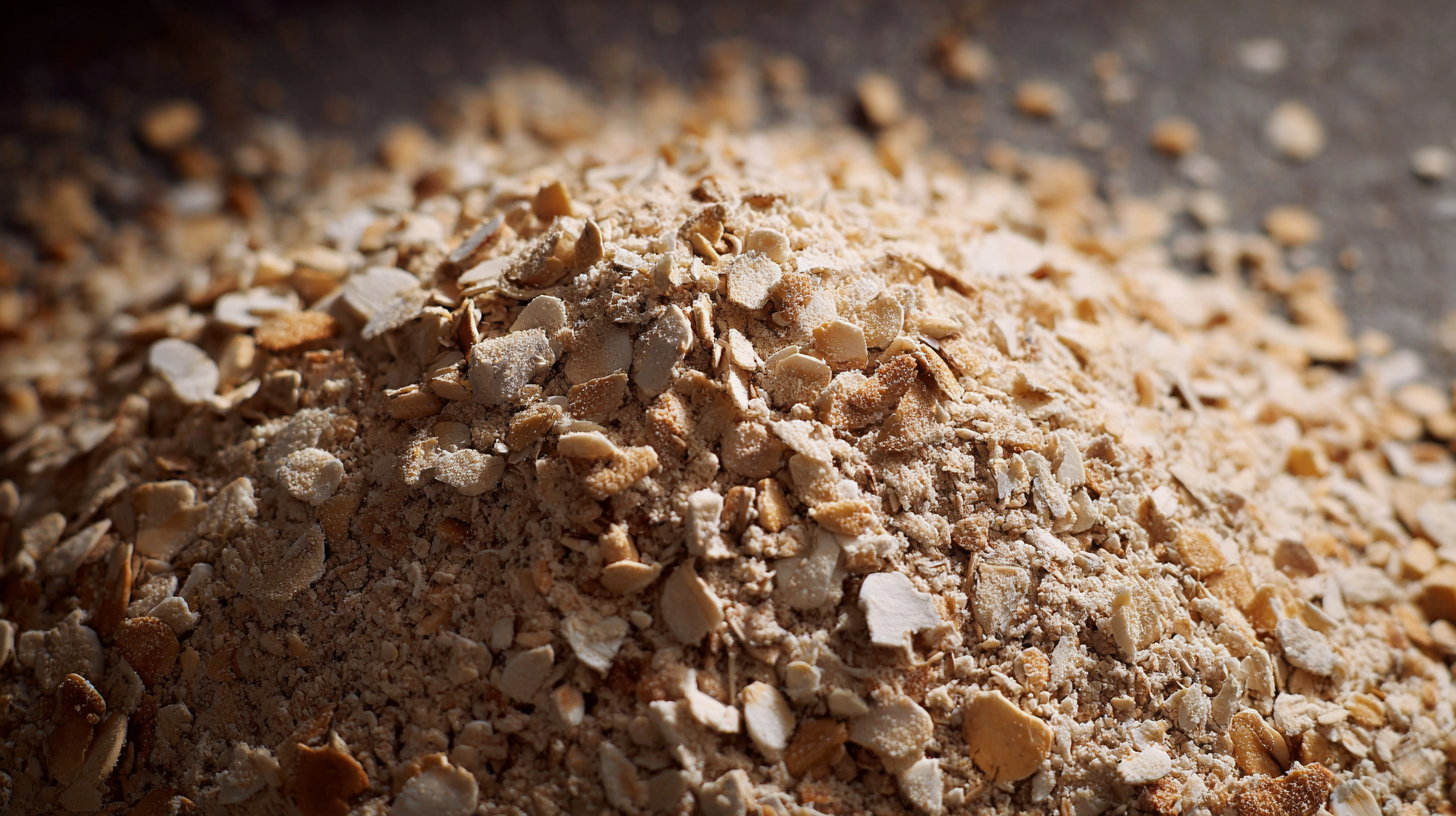
Related Posts
-
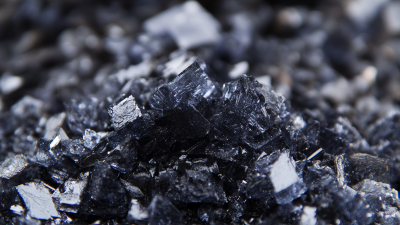
Discover the Superior Benefits of Choosing Best Natural Flake for Your Business Needs
-

7 Best Graphite Paper Officeworks for Professionals Achieving Top Quality Results
-

Exploring Innovative Alternatives to Graphite Gasket Sheets for Diverse Applications
-
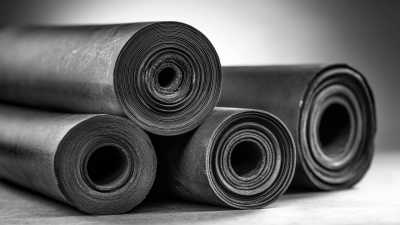
Ultimate Guide to Sourcing Flexible Graphite Packing for Optimal Performance and Reliability
-

Exploring the Varieties of Graphite Paper Spotlight: Understanding Its Types and Applications
-
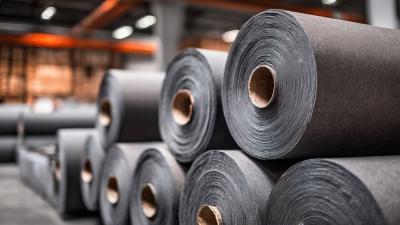
Maximizing Value with Best Thermal Graphite Sheets: Service Benefits and Future Repair Innovations